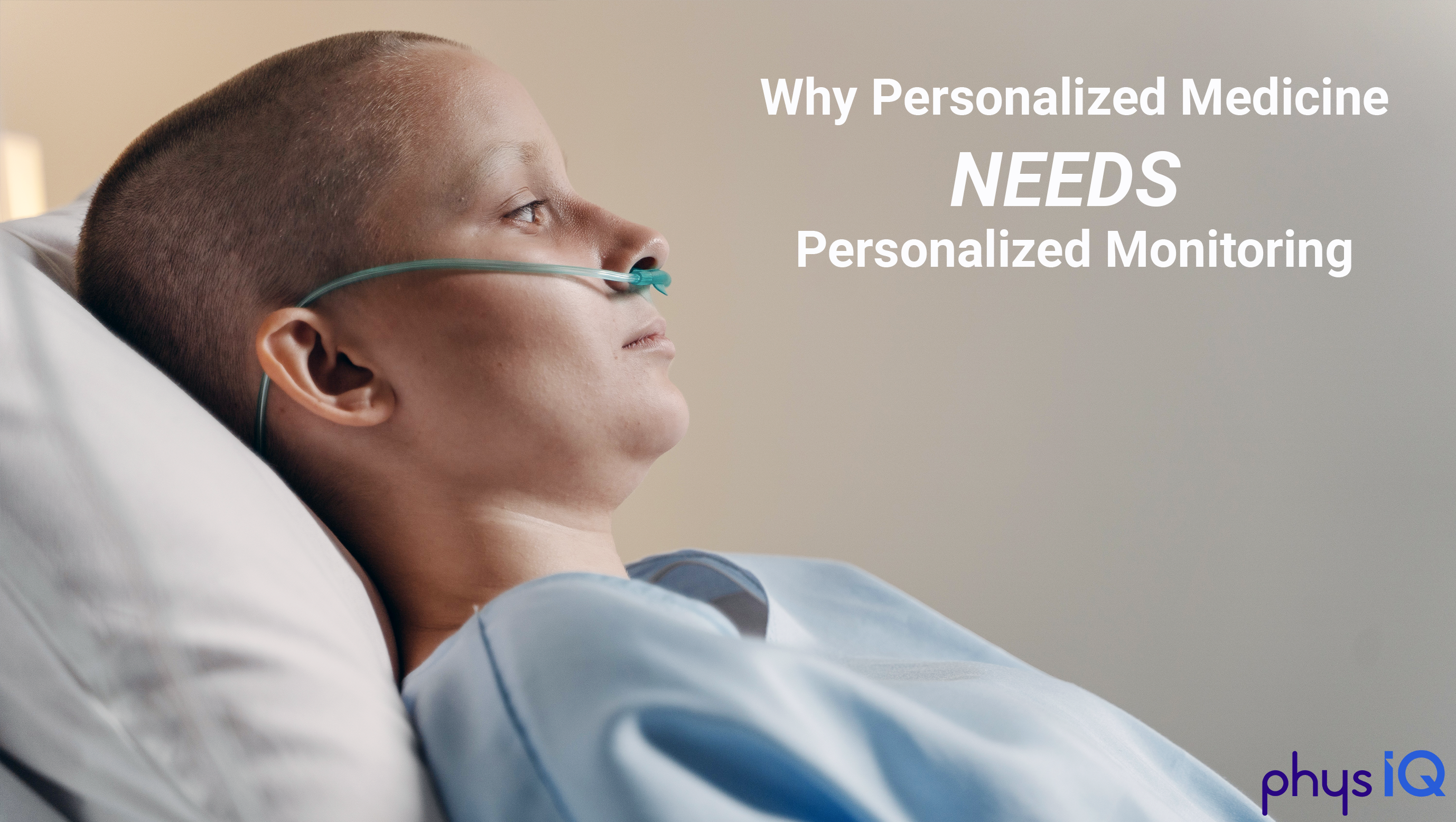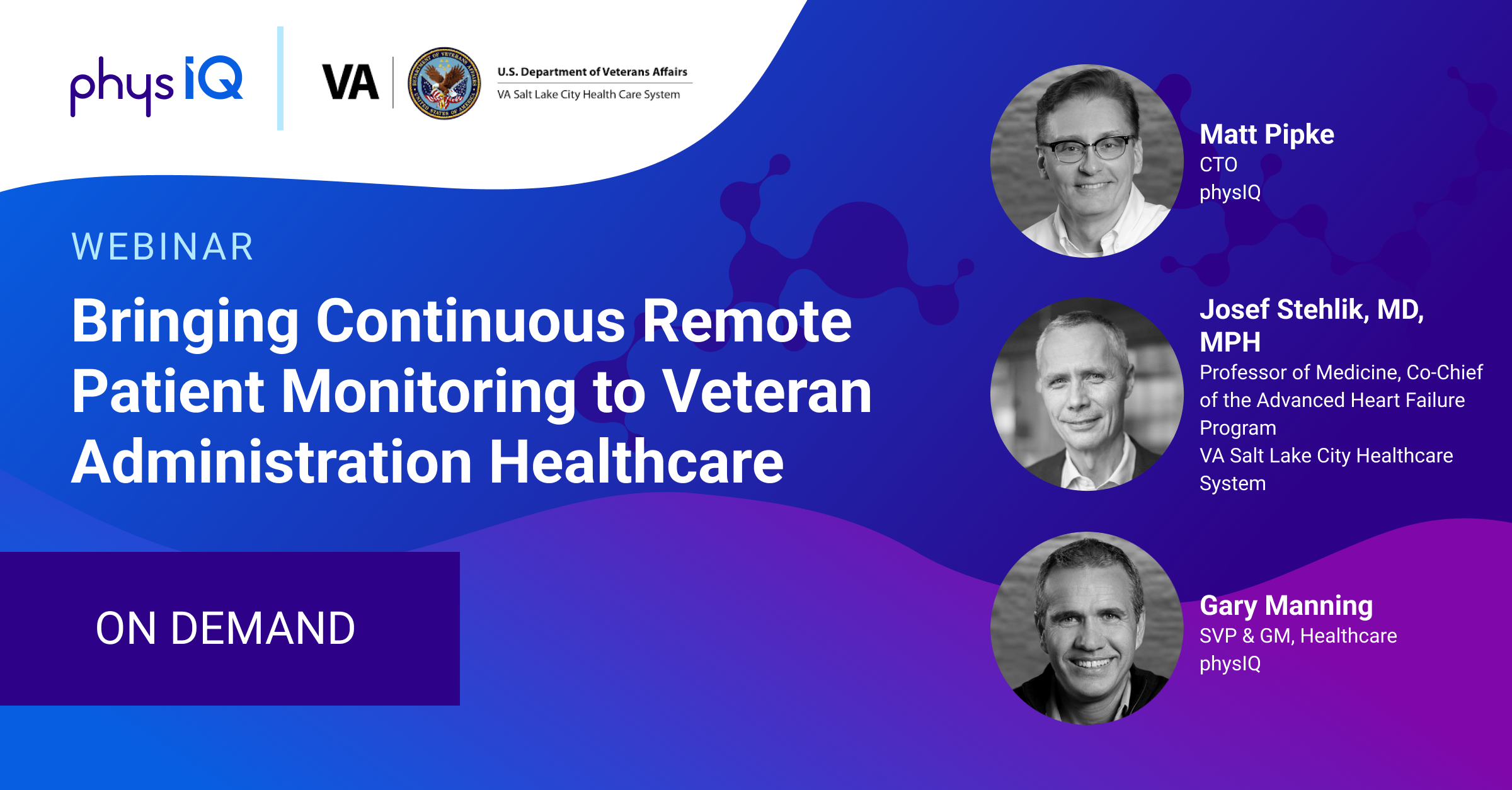When I began my career as a nurse practitioner (NP) in an advanced heart failure program 20 years ago, my role as an inpatient NP was novel, the hospital electronic medical record (EMR) was groundbreaking, beta-blockers were the new “big thing”, and left ventricular assist devices (LVADs) were on the horizon. While not without their challenges, these elements have stood the test of time. Since then the role of the NP in heart failure has broadened to inpatient and outpatient care with clinical programs where the NP is primary coordinator of care. The EMR…well, need I say more? Beta-blockers are standard of care now and a handful of other pharmacotherapies have emerged. LVADs have nearly become di rigueur in many heart failure programs. With this in mind, I considered what the next 20 or even 5 years might look like in the care of patients with heart failure.
- Drug Titration without the Visit
Several heart failure medications require titrating to optimal therapeutic levels. Beta-blockers, shown to reduce deaths from heart failure and a staple in heart failure care, are started at low doses with higher doses prescribed every two weeks. The goal is to get the patient on a “target dose” of the drug by doubling the dose every two weeks as tolerated. This parameter, as tolerated, could be measured by blood pressure, heart rate or generally not feeling terrible. Furthermore, time is of the essence with these patients and this process should proceed as quickly and aggressively as possible to get the patient to goal. So what does this require? Traditionally, it has required an assessment of these parameters through an office visit…but is that really the optimal approach for both the patient and the provider practice?
When determining optimal dosing for these meds, a spot check of vitals in the office (or at home, via remote monitoring) is a very coarse method to determine med tolerance. By limiting ourselves to this moment-in-time evaluation of a patient’s vital signs, it easy to see how the reading we’re getting may not be representative of their health. Wouldn’t we get a much more complete picture if we were to have, let’s say, the last two weeks of a patient’s vital signs streamed continuously? With that perspective, I’d know exactly where things are, how they’ve responded over time to the last adjustment, and a high degree of confidence that the data I’m seeing is truly representative of their physiology (given the continuous nature of the data).
Beyond that, think of the impact on logistics, the patient experience, and my day as a busy clinician. For the patient…no scheduling an appointment, driving, parking, etc. For me, a quick phone call to the patient to titrate beats a full waiting room every day of the week.
The fact is, technology that enables this model is real and it’s here. With advances in clinical-grade wearable devices and advanced analytics, this new model of care delivery is well within reach.
- Physiology-driven Care
The above example of increasing drug doses by monitoring at home and maximizing your face-to-face clinical experience leads to the next potential development…physiology-driven care. A basic foundation for medicine and nursing is planning care. We plan care or a trajectory for patients and then reassess their progress. In the typical care model, we assess this through office visits. But one has to ask, who gets the office visit, when and why? Is it the patient who is truly having problems? The “squeaky wheel”? The patient who should be seen “every 6 months”? Typically, our rationale for scheduling these is variable at best and relies a lot on capacity.
Physiology-driven care, allows health care providers to monitor patients with the assumption they are progressing successfully at home. When making decisions beyond what could be done through remote monitoring, phone or even video interface is required, then an office visit is required. By following patients in this manner, clinic slots are reserved for those who really need to have face-to-face interaction or are in real trouble.
This goes back to the solution of remote monitoring. We know that remote biometric monitoring exists in multiple platforms. While the evidence on efficacy has been equivocal in many, I believe there is still a place for it within the right system, set up the right way, for the right patients at the right time. A new twist on this is personalized analytical modeling based on continuous ambulatory vitals. In this case we are not only looking at data points and even trends of data but an analytical “smart” model that indicates to the clinician when the patient may be beginning to compensate for changes or decompensate. The belief is that these analytics integrate multiple vital signs to detect clinically meaningful changes against an individual baseline, rather than a population-based “norm.” Patients experiencing these changes are then indicated within a patient list which tells the health care provider the patient may need a phone call, an office visit or, in some cases, instructions to head to the ER.
- Patient Self-Care
Patient self-care is all the rage. Nurses have known this for a while. It makes perfect sense to include the patient in their care…I can’t believe I even had to write that. Patients are the ones deciding what they eat and drink. They decide what medication they take or don’t take. As a nurse, I want the patient to understand that when you do X then Y will happen. Evidence has shown that patients can do this, they just need the right information, feedback and coaching. Adult patients can make informed decisions; they just need to be informed.
A system of care designed around shared information (biometric and care planning) could facilitate the planning and behavior adjustments necessary to keep the patient healthy and feeling good. This information becomes a launching point for teaching and discussion of how heart failure is managed as a patient-health provider partnership.
- Admit-to-Home
Finally, heart failure patients will get sick and will get admitted to the hospital. The decision to admit includes analyzing the patient’s level of acuity, prognosis for recovery and ability to receive care or self-care at home. There may even be an element of realizing that a readmission to the hospital within 30 days of a previous admission may mean a “ding” to the hospital’s bottom line. That said, let’s assume we are only focused on what’s best for the patient.
If the patient is fluid overloaded and needs a dose or two of IV diuretic then one could admit to observation (23 hours stay in the hospital). Or better yet, how about “admit to home”? If there was a way to monitor the patient’s vital signs at home and receive the IV medications wouldn’t that work as well? It would certainly lower cost and decrease risk of other untoward events like nosocomial infections or falls. We currently have the technology through ambulatory continuous monitoring and we have the care system through home health agencies, blending the two and showing that it works would be a game-changer.
The consistent theme will be data remotely monitored from outside the inpatient environment. Not just any data but manageable, meaningful, shareable data. This data will need to expand capacity and innovation and not stress capacity. While it may look like remote monitoring could threaten to replace what goes on in our clinics and with the health-care team itself, I believe it actually expands our capacity to do what we do best for the patients that need it the most.
![]() Karen Larimer, PhD, ACNP-BC, FAHA
:
August 31, 2016
Karen Larimer, PhD, ACNP-BC, FAHA
:
August 31, 2016


